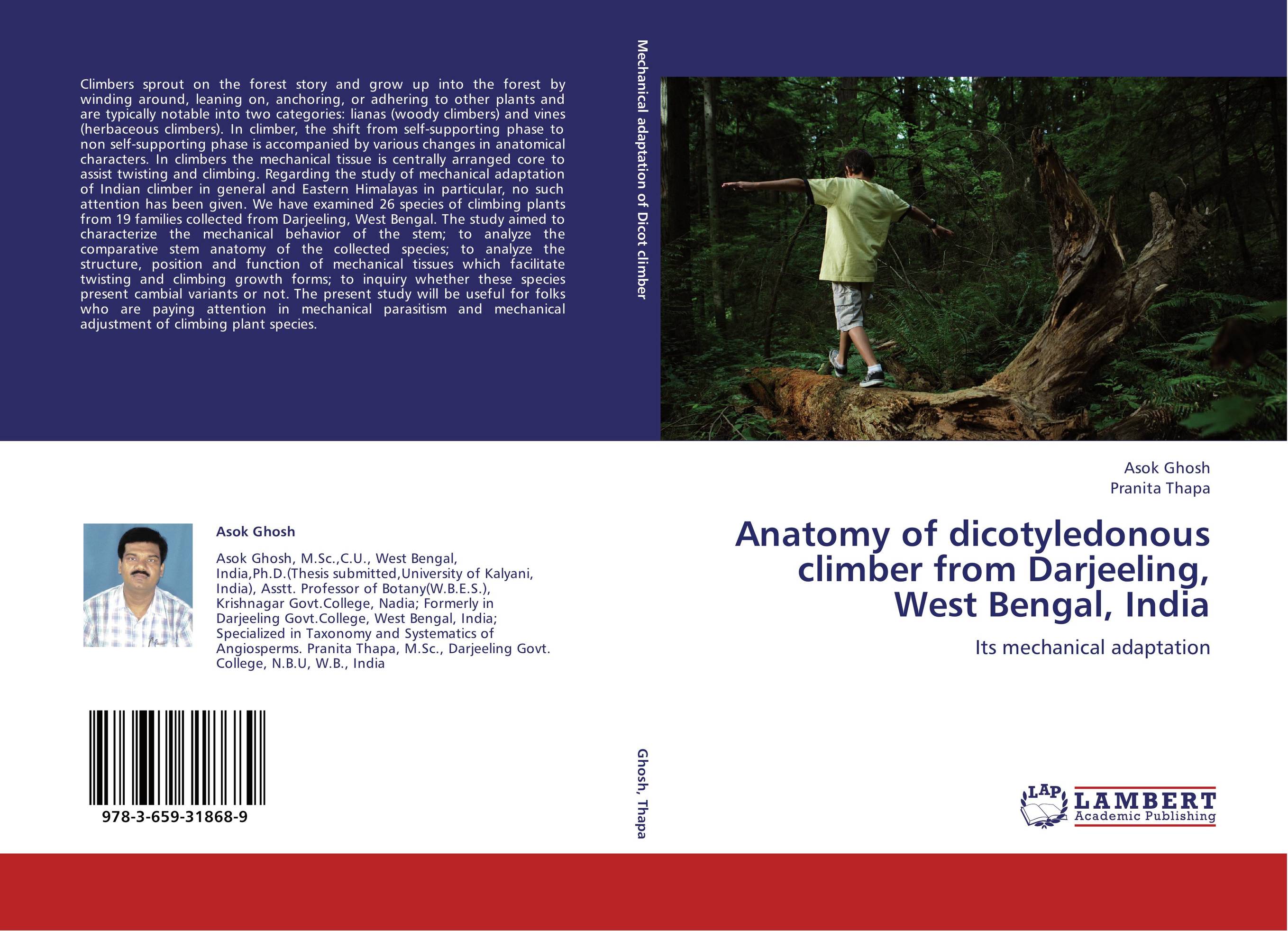| Поиск по каталогу |
|
(строгое соответствие)
|
- Профессиональная
- Научно-популярная
- Художественная
- Публицистика
- Детская
- Искусство
- Хобби, семья, дом
- Спорт
- Путеводители
- Блокноты, тетради, открытки
Anatomy of dicotyledonous climber from Darjeeling, West Bengal, India. Its mechanical adaptation

В наличии
| Местонахождение: Алматы | Состояние экземпляра: новый |

Бумажная
версия
версия
Автор: Asok Ghosh and Pranita Thapa
ISBN: 9783659318689
Год издания: 2013
Формат книги: 60×90/16 (145×215 мм)
Количество страниц: 136
Издательство: LAP LAMBERT Academic Publishing
Цена: 37774 тг
Положить в корзину
| Способы доставки в город Алматы * комплектация (срок до отгрузки) не более 2 рабочих дней |
| Самовывоз из города Алматы (пункты самовывоза партнёра CDEK) |
| Курьерская доставка CDEK из города Москва |
| Доставка Почтой России из города Москва |
Аннотация: Climbers sprout on the forest story and grow up into the forest by winding around, leaning on, anchoring, or adhering to other plants and are typically notable into two categories: lianas (woody climbers) and vines (herbaceous climbers). In climber, the shift from self-supporting phase to non self-supporting phase is accompanied by various changes in anatomical characters. In climbers the mechanical tissue is centrally arranged core to assist twisting and climbing. Regarding the study of mechanical adaptation of Indian climber in general and Eastern Himalayas in particular, no such attention has been given. We have examined 26 species of climbing plants from 19 families collected from Darjeeling, West Bengal. The study aimed to characterize the mechanical behavior of the stem; to analyze the comparative stem anatomy of the collected species; to analyze the structure, position and function of mechanical tissues which facilitate twisting and climbing growth forms; to inquiry whether these species present cambial variants or not. The present study will be useful for folks who are paying attention in mechanical parasitism and mechanical adjustment of climbing plant species.
Ключевые слова: Anatomy, mechanical tussue, secondary growth, mechanical adaptation, Dicotyledonous climber



